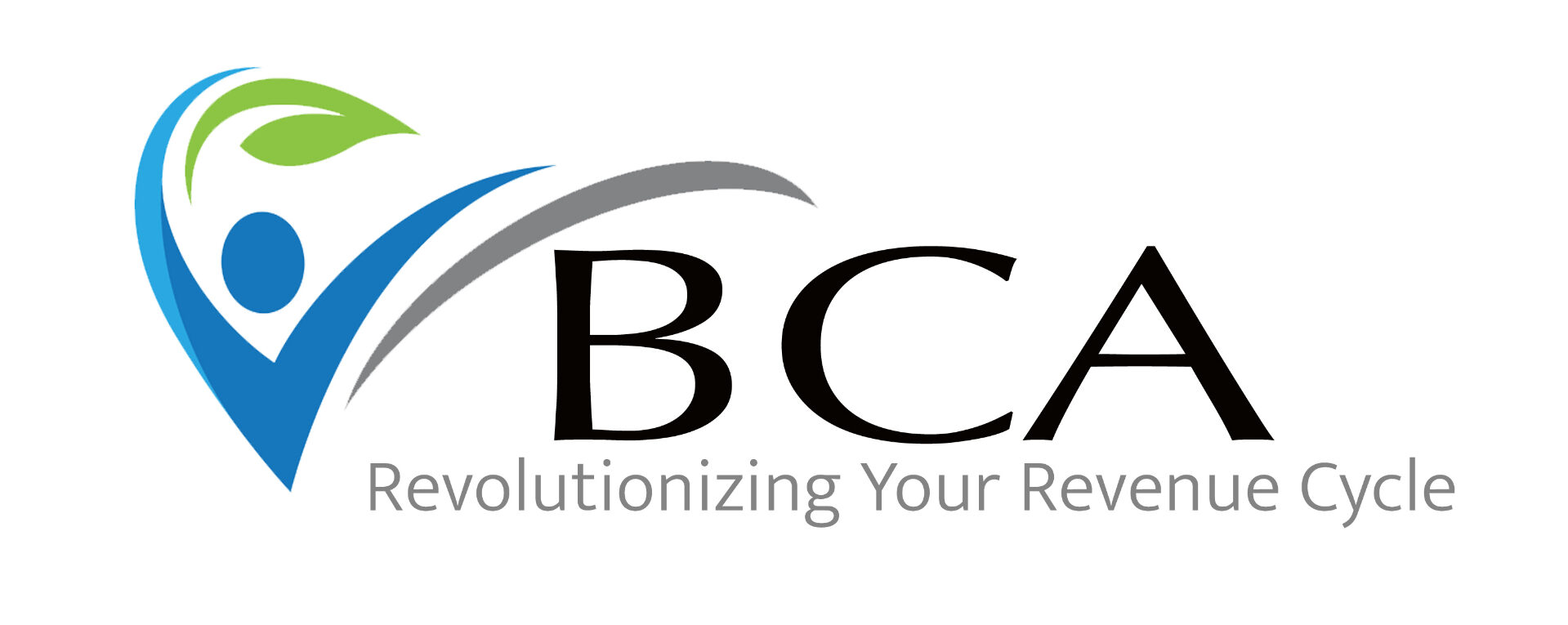Patient feedback is often seen as a tool for clinical improvement, but it is also invaluable for refining documentation, coding, and billing processes. Revenue cycle teams can leverage patient insights to enhance accuracy, transparency, and patient satisfaction. This post delves into how feedback can guide improvements in these areas, influencing patient experiences and financial performance.
Refining your Revenue Cycle with Patient Feedback
Accurate documentation and coding are critical for compliance and reimbursement. Patient feedback can reveal weaknesses in these areas, providing a roadmap for improvement:
- Identify Documentation Gaps:
Feedback on billing discrepancies or confusion about care details can indicate areas where documentation may lack clarity or completeness. By reviewing patient complaints and inquiries, coding teams can identify recurring issues and adjust to ensure documentation fully reflects the care provided. - Enhance Coding Precision Through Specificity:
Patients often express concerns about unexpected bills or confusing charges. Such feedback can highlight the need for more precise coding, which reduces errors and ensures that billing accurately reflects services rendered. Regular reviews of patient feedback related to billing can inform coding updates and reduce the likelihood of disputes. - Address Compliance Issues Early:
Patient complaints about billing errors or coverage denials can signal compliance issues. By investigating these complaints, revenue cycle teams can identify areas where coding or billing practices may need adjustment to maintain compliance with payer requirements. - Utilize Feedback for Ongoing Training:
Use feedback as a training tool for coders and billing staff. For example, if patients frequently question specific codes or charges, this could indicate a need for additional training on those codes and how they should be applied in practice, based on coding guidelines.
Patient Satisfaction and Billing
Billing and claims processing are integral to patient satisfaction, impacting how patients perceive their overall healthcare experience:
- Build Transparency in Billing Processes:
Feedback often reveals frustration with confusing bills or unclear pricing. Enhancing transparency in billing through itemized bills and clear explanations can significantly improve patient satisfaction. Patients who understand their bills are more likely to feel positive about their care experience, even if they have a balance. - Streamline Claims Processing to Reduce Wait Times:
Long claims processing times can delay billing and contribute to patient frustration. Revenue cycle teams can expedite claims resolution and improve patient experiences by identifying and addressing bottlenecks in the claims process. Tracking patient feedback on billing timelines can help pinpoint areas for process improvement. - Create Support Systems for Billing Inquiries:
Patients often have questions about their bills that require timely, accurate answers. Establishing a dedicated support team for billing inquiries can give patients the needed information, reduce frustration, and improve satisfaction. Analyzing feedback on these interactions can help further refine support practices. - Implement Patient-Centered Billing Practices:
Offering flexible payment options or explaining financial assistance programs can mitigate negative feedback and improve patient relationships. Coders and revenue cycle teams can advocate for these practices, especially if feedback frequently mentions financial stress or billing concerns. This can also present an excellent opportunity to assess how Social Determinants of Health are captured in the documentation and coding.
Practical Steps for Revenue Teams to Enhance Patient Experiences
Coders and revenue teams have a unique role in improving patient experiences by ensuring billing and documentation accuracy. Let’s look at actionable steps to achieve this:
- Integrate Feedback into Quality Review Processes:
Regularly review patient feedback related to billing and coding, integrating these insights into your quality review processes. This ensures that improvements are data-driven and aligned with patient needs. - Prioritize Clear Communication in Billing Statements:
Ensure billing statements are easy to understand. Providing patients with straightforward explanations of charges and services can prevent confusion and complaints. - Train Staff on Patient-Centered Communication:
Coders and billing staff should be equipped to handle patient inquiries with empathy and clarity. Regular training on patient-centered communication techniques can improve interactions and lead to better patient satisfaction scores. - Use Feedback to Advocate for Systemic Improvements:
Coders and revenue teams can use patient feedback to advocate for improvements in the billing system. For example, if patients frequently report difficulty understanding certain charges, it may be time to update billing software or templates to enhance clarity. - Monitor the Impact of Changes on Patient Satisfaction:
After implementing changes based on patient feedback, continue monitoring billing and documentation satisfaction scores. This helps ensure that changes have a positive impact and provides a basis for further adjustments. - Collaborate with Clinical Teams:
Coding and billing practices should reflect the care provided and documented by clinical teams. Regular communication between revenue cycle teams and clinicians can ensure that documentation accurately represents patient care, reducing errors and improving the accuracy of patient bills.
Patient feedback is a powerful tool for refining documentation, coding, and billing processes. By focusing on transparency, accuracy, and responsiveness, coders and revenue teams can enhance patient satisfaction and contribute to the overall quality of care.
At BCA, we offer comprehensive auditing and consulting services to support your practice in maintaining compliance and enhancing the quality of care. Please contact us at info@bcarev.com to learn more about our tailored solutions and how we can help you optimize your quality initiatives.
